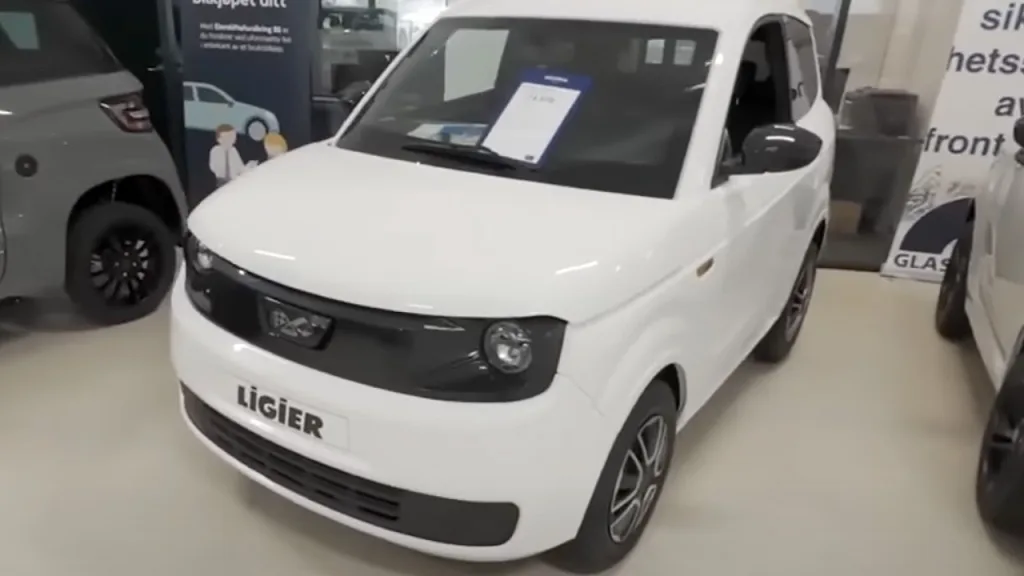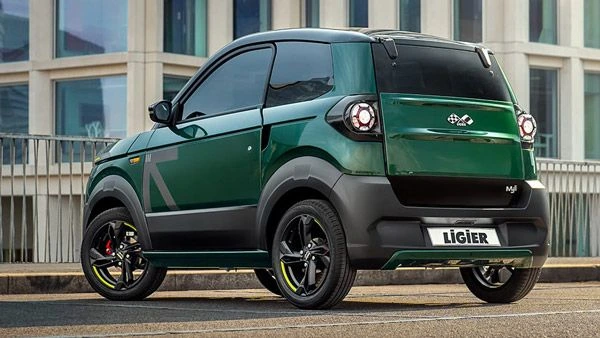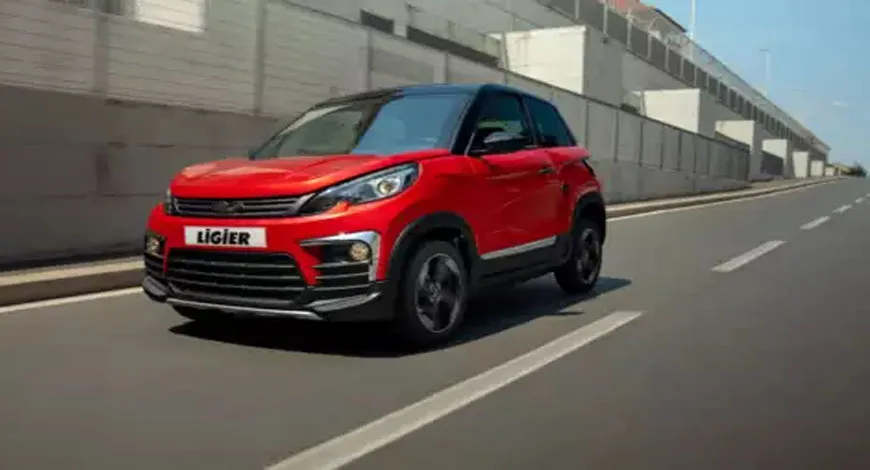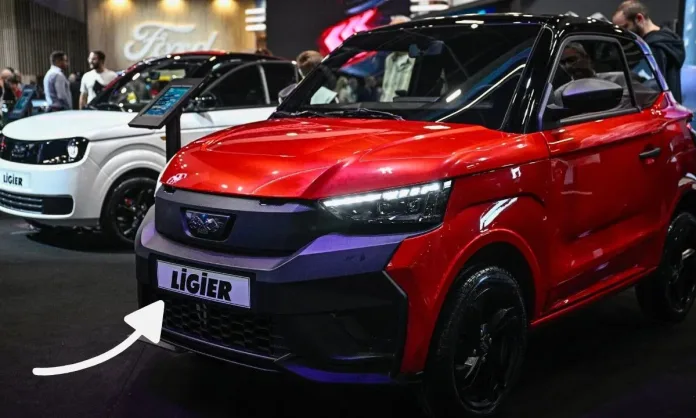Discover the Ligier Mini EV, India’s affordable electric city car. Learn about its features, pricing, and how it’s changing urban commuting. Find out if it’s right for you!
Imagine zipping through the bustling streets of Mumbai or navigating the narrow lanes of Old Delhi with ease in a sleek, eco-friendly electric vehicle that doesn’t break the bank. The Ligier Mini EV is set to transform urban mobility in India with its compact design and zero-emission technology.
Table of Contents
Ligier’s Journey: From Racetracks to City Streets

Founded by former racing driver Guy Ligier in 1968, Ligier initially made its mark in Formula One, competing from 1976 to 1996. The company’s transformation began in 2008 when it acquired Microcar, becoming Europe’s second-largest microcar manufacturer. This strategic shift positioned Ligier perfectly to develop the Mini EV, also marketed as the Ligier Myli.
The Ligier Myli: Compact Power for Urban India
The Ligier Mini EV is specifically designed for India’s congested urban environments. This two-seater electric vehicle measures just 2,958 mm in length, making it ideal for navigating tight spaces and crowded streets. Despite its small footprint, it doesn’t compromise on essential features.
Powered by a 5.4 kWh lithium-ion battery, the Ligier Mini EV offers a range of up to 120 km on a single charge – sufficient for daily urban commutes. The vehicle reaches a maximum speed of 45 km/h, perfectly suited for city traffic conditions. Charging is straightforward, requiring 4-6 hours using a standard charger.
Premium Features in a Compact Package
The Ligier Mini EV comes equipped with modern amenities that enhance the driving experience. Its digital instrument cluster provides essential information at a glance, while LED headlights ensure optimal visibility. The interior, though compact, is thoughtfully designed with ample storage options and comfortable seating for two passengers.
The expected price point of approximately ₹6 lakh positions the Ligier Mini EV as an accessible entry into electric mobility. This represents a significant value proposition for urban dwellers seeking an affordable, sustainable transportation option.

Market Comparison: How the Ligier Mini EV Stacks Up
The competitive landscape for compact electric vehicles in India is rapidly evolving. Here’s how the Ligier Mini EV compares to key competitors:
| Feature | Ligier Mini EV | MG Comet EV | Tata Tiago EV |
|---|---|---|---|
| Price Range | ₹6 lakh (expected) | ₹7.00 – 9.84 lakh | ₹7.99 – 11.14 lakh |
| Range | 120 km | 230 km | Up to 315 km |
| Top Speed | 45 km/h | 100 km/h | 120 km/h |
| Seating | 2 | 4 | 5 |
While competitors offer greater range and seating capacity, the Ligier Mini EV counters with its lower price point and ultra-compact design, making it particularly attractive for single commuters or couples in densely populated urban centers.
Regulatory Environment and Market Potential
The Indian government’s PM e-Drive scheme creates a favorable environment for vehicles like the Ligier Mini EV through purchase incentives and infrastructure development support. To succeed in the Indian market, the Ligier Mini EV must comply with the Automotive Industry Standards (AIS) for electric vehicles, covering battery safety, performance metrics, and environmental impact.
Industry analysts predict growing demand for compact electric vehicles in India’s tier-1 and tier-2 cities, where parking constraints and traffic congestion make micro-mobility solutions increasingly attractive. The Ligier Mini EV is positioned to capitalize on this trend, particularly among environmentally conscious urban professionals.

The Future of Urban Mobility
As India continues its rapid urbanization, sustainable transportation solutions will play an increasingly vital role. The Ligier Mini EV represents a forward-thinking approach to urban mobility – one that prioritizes efficiency, affordability, and environmental responsibility.
While not designed to replace conventional vehicles for all purposes, the Ligier Mini EV offers a compelling alternative for daily urban commutes. Its introduction marks an important step toward a future where Indian cities are cleaner, quieter, and more accessible for all residents.


